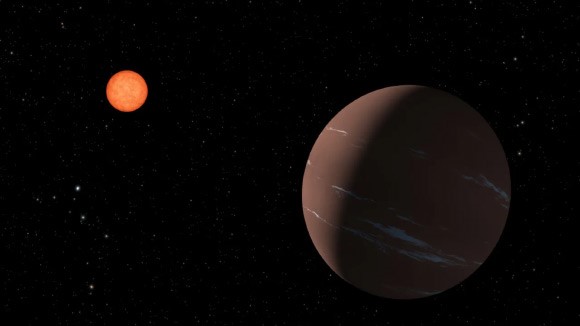Free Courses Sale ends Soon, Get It Now


Free Courses Sale ends Soon, Get It Now



Disclaimer: Copyright infringement not intended.
Context
Astronomers, utilizing data from NASA’s Transiting Exoplanet Survey Satellite (TESS), have made a groundbreaking discovery: a super-Earth exoplanet located within the habitable zone of the nearby red dwarf star TOI-715.
Details
Characteristics of TOI-715
About exoplanets
Discovery of Exoplanets:
Classification of Exoplanets:
Characteristics of Exoplanets:
Conclusion
The discovery of the super-Earth exoplanet TOI-715b within the habitable zone of TOI-715 represents a significant advancement in exoplanet research. This finding opens up new possibilities for studying potentially habitable environments beyond our solar system and underscores the importance of continued efforts to explore and understand exoplanetary systems.
MUST READ ARTICLES:
|
PRACTICE QUESTION Q. Which of the following statements about exoplanets is correct? 1. Exoplanets are celestial bodies found within the asteroid belt of our solar system. 2. Exoplanets are planets located outside our solar system, orbiting stars other than the Sun. 3. Exoplanets can be gas giants similar in size and composition to Jupiter and Saturn. 4. Exoplanets are only discovered using ground-based telescopes. Options: A) 1 and 2 B) 2 and 3 C) 3 and 4 D) 1 and 4 Correct Answer: B |
© 2024 iasgyan. All right reserved